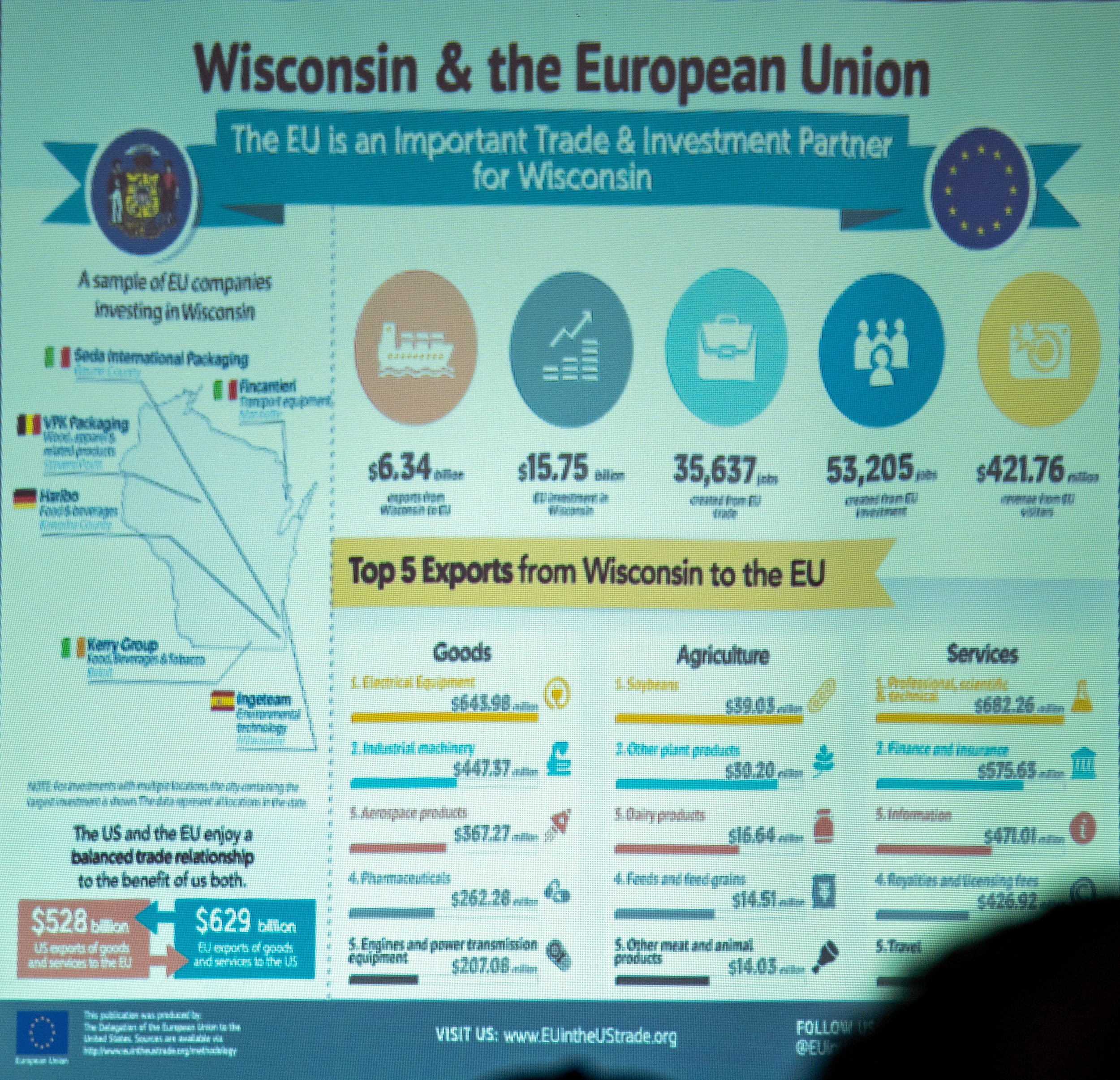Consider a thought experiment on funding: The digital advertising industry is currently a $333 billion global market, and the share of advertising that’s digital continues to grow.
Three companies that use intensely surveillant advertising practices – Google, Facebook, and Alibaba – represent $200.3 billion of that market. If we posit a 1% levy on highly surveillant advertising – advertising that incorporates user tracking, combines demographic and psychographic data to create user profiles, or targets using factors other than a user’s stated intentions and geography – we can easily posit a $1–2 billion annual fund to support public service digital media.43
43. The $1-2b figure assumes that platforms like Google will change behavior to make services like keyword targeted ads on search less surveillant, a positive side effect of this experiment. It’s also worth acknowledging that many countries prevent tax revenue from being earmarked for specific purposes – it may be structurally challenging to construct taxes on digital advertising that go towards public service digital media. Thanks to Anya Schiffrin for that helpful critique.
What might we do if we thought on the scale of a $2-billion-a-year project, twenty-two times the scale of Wikimedia44
This is not a new idea, to be clear. Free Press has proposed a targeted ad tax that they anticipate could generate support for “diverse, local, independent and noncommercial journalism that’s gone missing, and to support new news-distribution models, especially those that don’t rely on data harvesting for revenue.”
They propose a “Public Interest Media Endowment” to manage the funds generated. In May 2019, Nobel Prize–winning economist Paul Romer proposed a progressive digital ad revenue tax designed to encourage platform companies to explore models other than surveillant advertising, like subscription-based models.47
The Romer model is designed to discourage companies from using surveillant advertising, so the tax is likely to be significantly higher than 1-2 percent and increases with the size of surveillant ad revenues earned by a company. In February 2017, Emily Bell of Columbia’s Tow Center earlier proposed an endowment to support independent journalism, funded with billion-dollar donations from tech giants like Google and Facebook.






